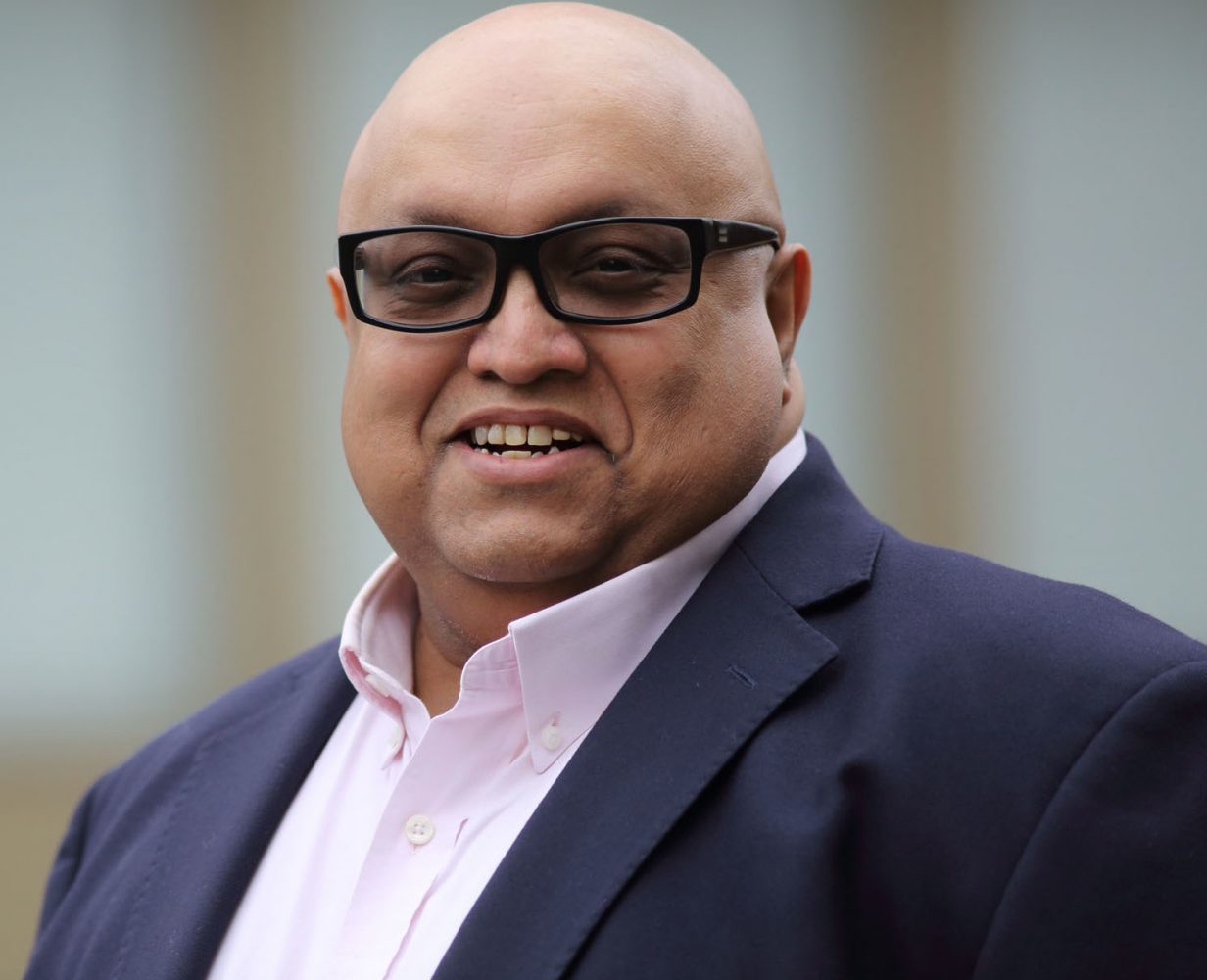
By Dee Dutta
The 2014 World Cup is over. Sponsors will now review the billions of dollars their brands have spent (US magazine Ad Age reckons almost $600m in Brazil alone) and other brands will be wondering if they should take the leap into sponsorship themselves. It’s tempting – McKinsey notes that when sponsorship is correctly planned, negotiated, implemented and measured, it can increase returns by as much as 30%. But there’s also huge competition from digital media, which allows brands to “narrow-cast” their messages where sponsorship is often judged to deliver eyeballs. So how do you go about deciding whether sponsorship is right for you?
Here are 10 rules to guide your thinking:
- Don’t let your heart rule your head
It helps to have an interest in the sponsoring sport or event but do not get emotionally attached or passionate, because you lose objectivity. You need to be able to walk away if the deal you are negotiating is not right for you. There will be plenty of inducements to sign but do not let your heart rule your head. Marketing Directors must stand firm against other board members who drop hints to sponsor a particular event. Create a coalition with your finance director to resist.
- Be clear how sponsorship will help
Sponsorship should work on the principle that increased visibility of your brand will provide credibility or build stature, thereby generating a higher take up of product and service. Be clear how sponsorship will help in your marketing mix.
- Appoint external experts
Having decided that sponsorship will help your marketing mix, appoint an external sponsorship agency partner to identify the right option for you. The sponsorship agency must understand the client brief and develop a list of options explaining the pros and cons of each deal. If the agency comes with a single deal reject it, because it means it has not done enough research.
- Build a solid business case & validate with the finance director
Cost the sponsorship accurately (not just the rights acquisition but also the cost of exploitation and cost of people needed to deliver the sponsorship). Define the business case on the basis of impact to the business with or without the sponsorship. Remember sponsorship tends to be slow burn and there won’t be an immediate impact. Introduce measures that people outside the marketing department can understand, such as indirect impact on sales, growth in brand stature, awareness, likeability and sales margin per pound spent. This is very important.
- Get the blessing of the entire business before commencing negotiations
Getting the whole board signing off and enthusing about the deal is often the most difficult part. Keep the CEO / CFO informed how negotiations are proceeding because parameters (especially financial ones) may have to be adapted in the course of the negotiations. Negotiations can last at least six months. (Anything over six months means you are being played!) Be reasonable in your demands but also be firm and be prepared to walk away. You will need good lawyer who is commercially aware and understands the brand needs and, in time, a sponsorship manager because sponsorships are time consuming.
- PR your deal
Once the deal is complete ensure you have a full PR programme to announce it. This needs to go beyond the trade press into the financial press and social media. Get your brand loyalists involved via social media to come up with themes and ideas to drive ownership of the idea. The more people that know about it the better your returns will be. Have a clear plan to exploit the sponsorship and make sure you have enough people (agency or your own) to drive it.
- Establish a trinity of success
You need success for the company, the media organisations and the sponsored organisation. This trinity of success should be part of your exploitation programme and if you don’t have it in place you will jeopardise the effectiveness of the sponsorship.
- Sponsorship works best in association with other media
Perimeter boards on a sport pitch won’t deliver for you in isolation. In the 1980s, I remember a brand that launched a phone service with a cute animal name. It was everywhere over a summer of sport but nobody knew what the product or service was. Sponsorship is brand amplification and always works best when associated with other media. (NB. If you are producing perimeter boards don’t clutter with extraneous information and keep things visible – camera test your colours to see what stands out.)
- Engage your CEO
Make the sponsoring partner aware of your business objectives so if you have to walk away the reasons are understood. Make sure your CEO/CFO visits and meets the sponsoring organisation. Marketers often keep the relationship with a sponsoring organisation to themselves. This is a mistake. Put in place methods to de-escalate any tensions or disagreements with your sponsoring partners. If unresolved or unresolvable walk away. Do not carry on with a broken contract.
- Try and leave the sponsor organisation in a better state than you found it.
In most cases the sponsoring organisation will have fewer marketing resources than your own so work effectively to leave it in a better shape. Celebrate success with your partner. This is not the same as patronage. Sponsorship is not patronage; it has hard commercial objectives on both sides.
Dee Dutta has led projects involving FIFA, Olympics, European Champions League, London Marathon and global tennis sponsorship. He signed an $86m dollar deal resulting in Sony Ericsson’s partnership with women’s tennis for nearly 10 years. It was one of the most successful sponsorships of women’s sport ever and, with the WTA, it helped to achieve equal pay for women tennis players. Dee is CEO of Veritas marketing, previously General Manager, Asia Pacific of Visa Marketing and Global CMO of Sony Ericsson.

